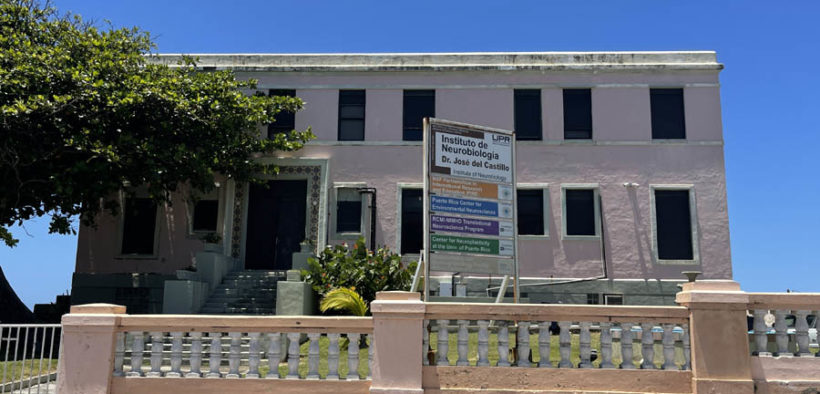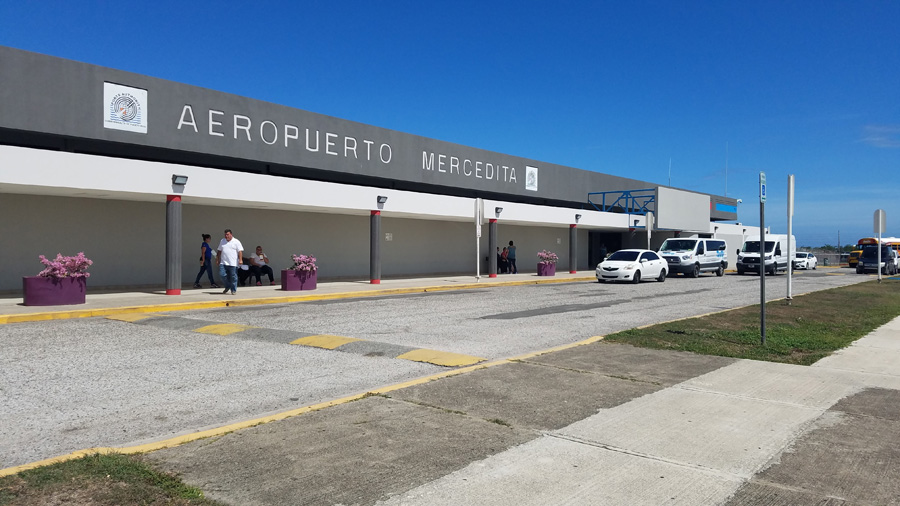FEMA assigns $6.2M to repair UPR Institute of Neurobiology

The Federal Emergency Management Agency (FEMA) has allocated $6.2 million to the University of Puerto Rico’s Institute of Neurobiology (INB) to restore its facilities in Old San Juan to continue developing research projects.
“We’re very pleased with this allocation of funds from FEMA to mitigate the considerable damage suffered at the INB building as a result of Hurricane María,” said Ilka C. Ríos-Reyes, dean of the UPR’s Medical Sciences Campus, which runs the Institute.
“These economic resources are of vital importance for the continuation of the scientific work being carried out at this important research center. It is also important for the completion of ongoing projects, the implementation of others and, above all, for the strengthening of infrastructure and resistance to future high-impact atmospheric phenomena,” she said.
The three-story INB historic building located in the heart of Old San Juan attracts renowned researchers such as Guillermo A. Yudowski, who has participated in studies in Sweden, Israel and the state of Massachusetts, and seeks to understand neuropsychiatric disorders and why they develop.
The INB also provides the means to sustain and develop research projects while it serves to educate and train the new generation of Puerto Rican scientists. The INB has 11 laboratories islandwide that do research on the human brain, its functions, and its behavior as part of the nervous system.
María A. Sosa-Lloréns belongs to a group of about 30 researchers from the Medical Sciences Campus that oversee generating new knowledge that results in advances for the biomedical sciences.
The facilities employ about 50 people, including researchers, laboratory technicians, animal health technicians, as well as administrative and maintenance staff.
During the past five years, about nine postdoctoral students, 15 graduate students and an annual average of 35 undergraduate students have been trained at the Institute.
Also, during this period, the INB has been active in some 15 research projects involving the collaboration of local and international neuroscientists.
The funding allocation will be used to restore the facilities so they can function as they did prior to Hurricane María. The work includes the removal and replacement of doors, electrical and lighting systems, fans, the electrical substation and generator, air conditioners, exhaust fans, among other work.
The project also includes about $305,000 in hazard mitigation funds to prevent similar damage in the event of future atmospheric events: bars for air conditioners, reinforced doors and windows to prevent leaks, and surge protectors to protect electrical equipment from future outages.











